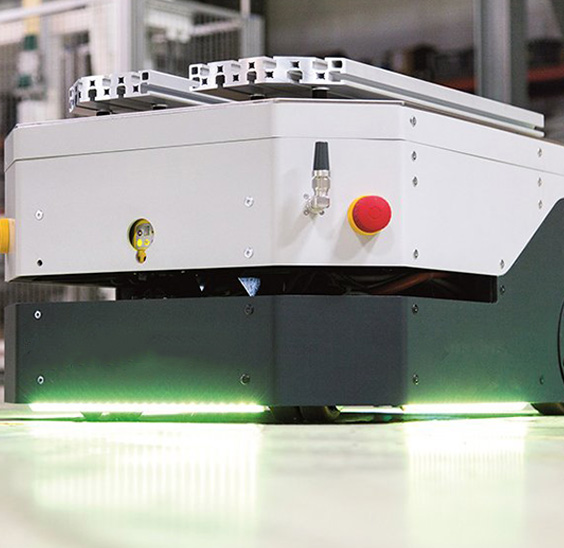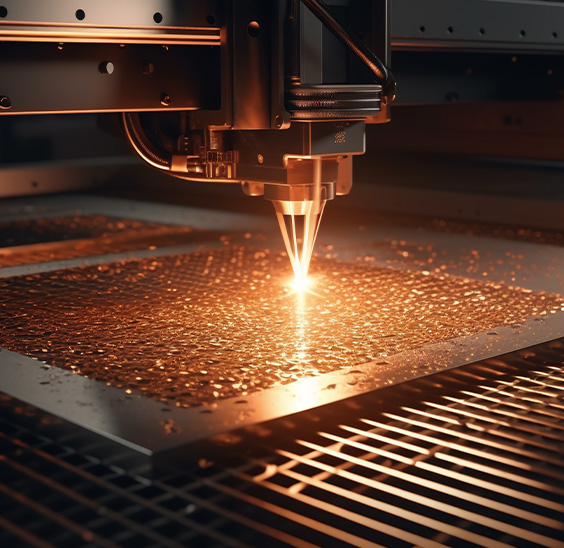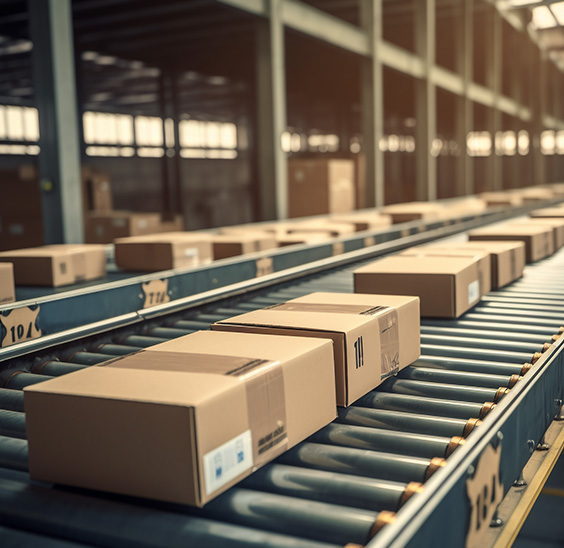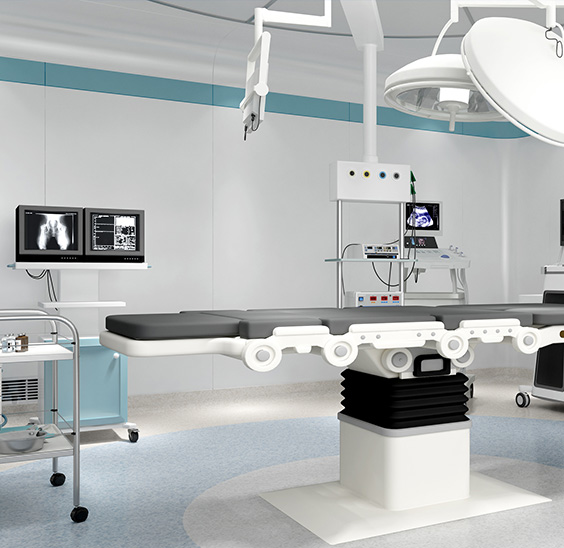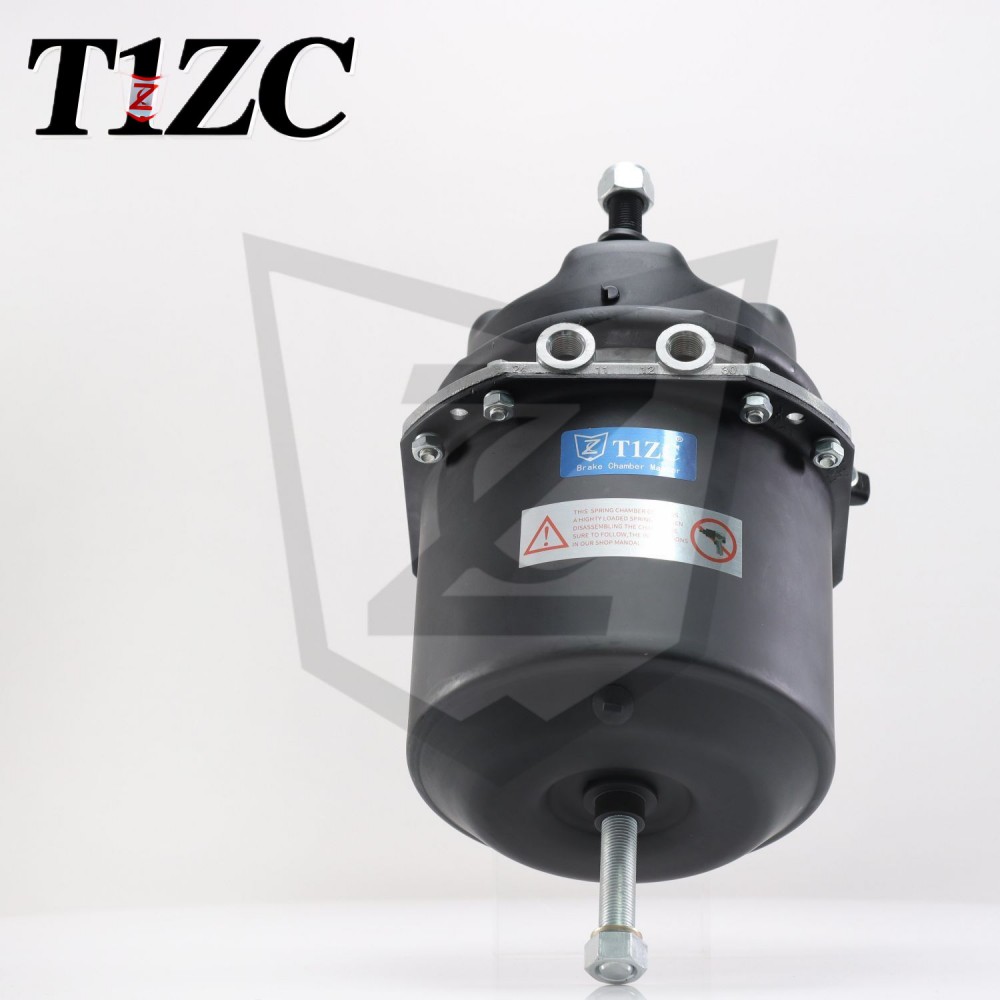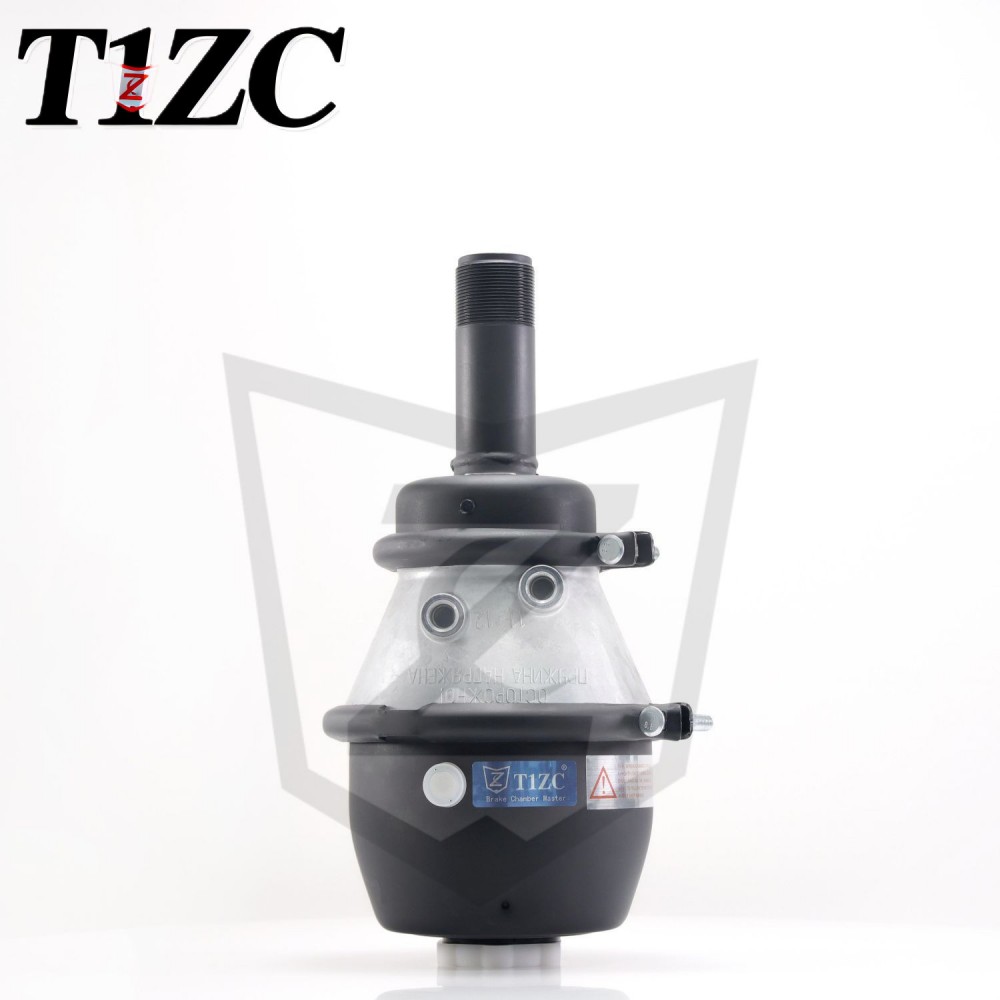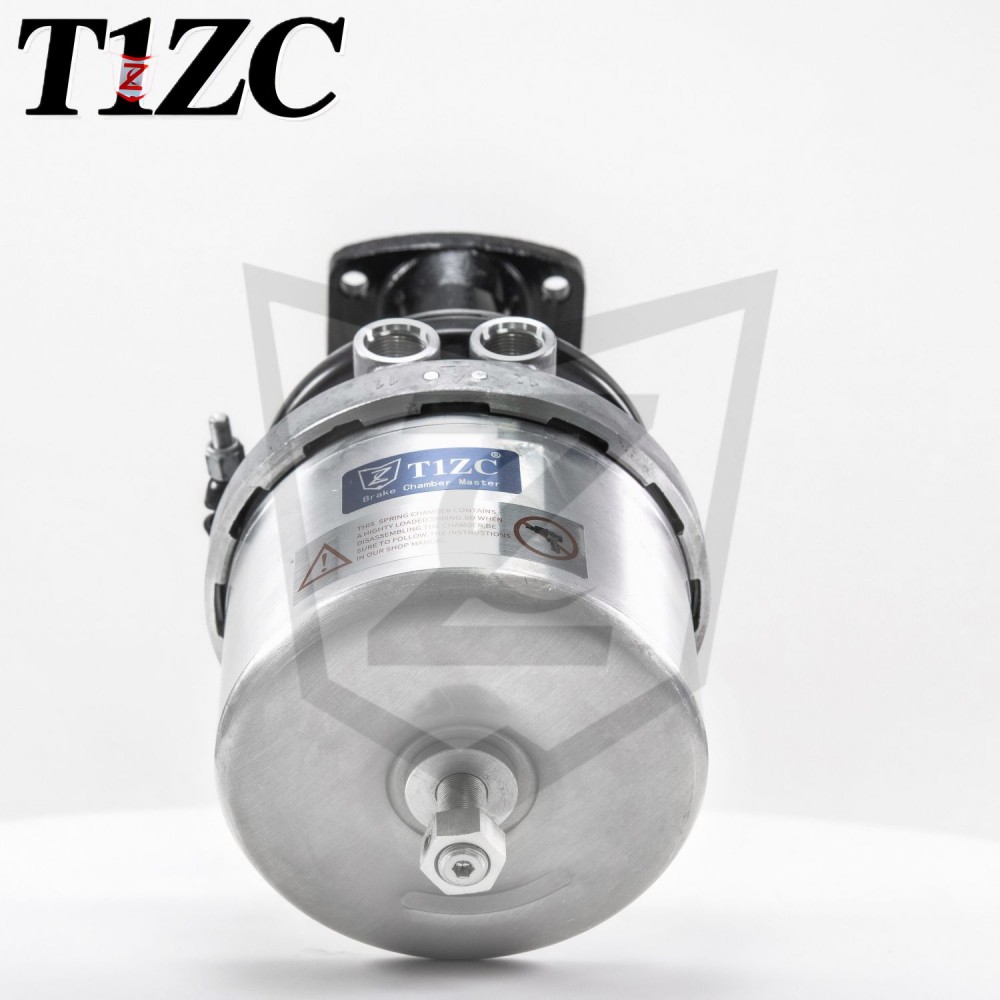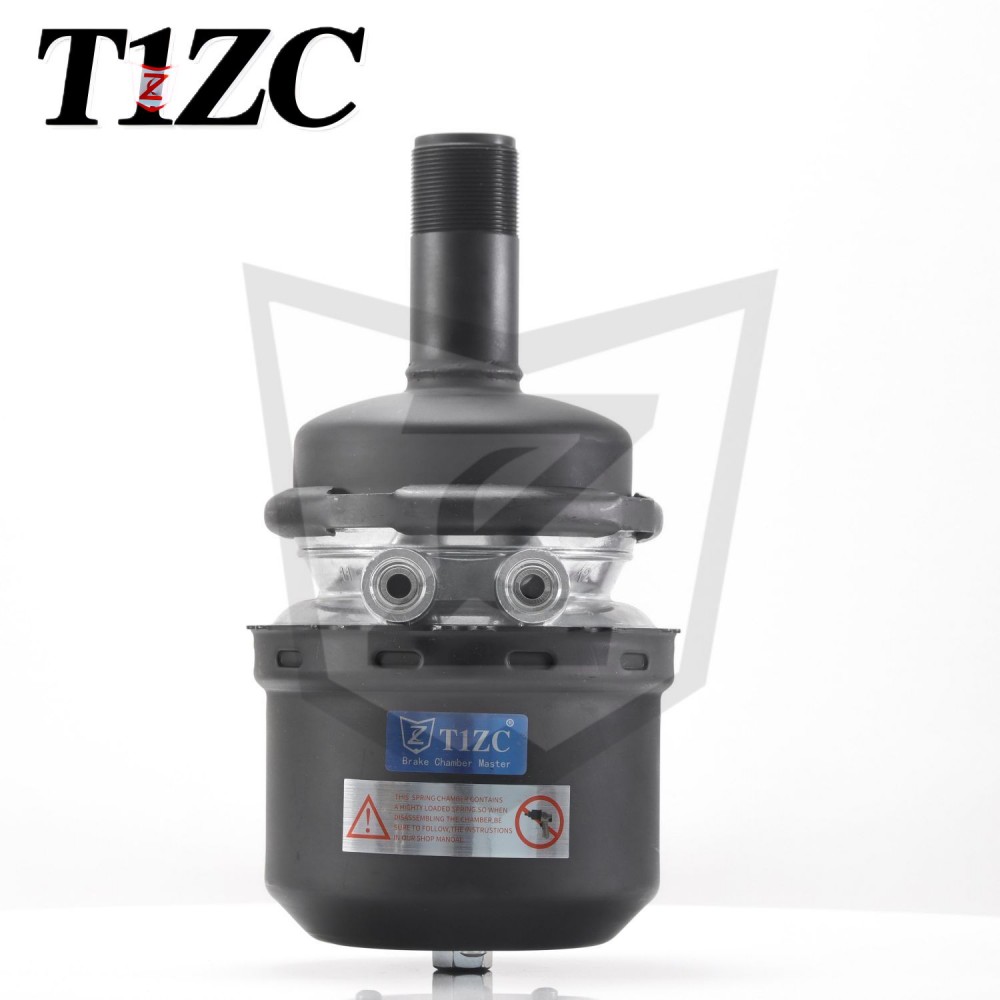How Does a Wedge Brake Chamber Differ from a Traditional Cam Brake Chamber?
Brake chambers are critical components in commercial vehicle braking systems, converting air pressure into mechanical force to activate brakes. Understanding the differences between a Wedge Brake Chamber and a traditional Cam Brake Chamber is essential for industry professionals, as these components impact vehicle safety, performance, and maintenance.
Overview of Brake Chambers
Traditional Cam Brake Chamber
-
The Cam Brake Chamber operates using a camshaft and an S-cam mechanism. When air pressure is applied, it moves a pushrod that rotates the cam, forcing brake shoes against the drum.
-
This design has been widely used in heavy-duty vehicles for decades due to its reliability and straightforward construction.
-
Components typically include a diaphragm, pushrod, and cam assembly, which work together to transmit force.
Wedge Brake Chamber
-
The Wedge Brake Chamber employs a wedge mechanism that uses linear motion to apply braking force. Air pressure drives a wedge between two rollers or pads, directly activating the brake shoes.
-
This type is known for its compact design and efficient force transmission, often found in modern vehicles seeking improved performance.
-
Key elements involve a wedge assembly, rollers, and a sealed housing, which minimize external exposure to contaminants.
Key Differences Between Wedge and Cam Brake Chambers
Design and Mechanism
-
Actuation Method:
-
In a Cam Brake Chamber, braking is achieved through rotational motion of the camshaft, which pushes the brake shoes outward.
-
In a Wedge Brake Chamber, linear motion of the wedge directly forces the brake shoes apart, reducing mechanical linkages.
-
-
Component Layout:
-
Cam Brake Chambers often have external pushrods and linkages, making them bulkier.
-
Wedge Brake Chambers integrate components internally, resulting in a more streamlined profile.
-
Performance and Efficiency
-
Response Time:
-
Cam Brake Chambers may exhibit slower response due to rotational inertia in the cam mechanism.
-
Wedge Brake Chambers typically offer faster engagement because of the direct linear action, which can enhance braking precision.
-
-
Air Consumption:
-
Cam Brake Chambers generally require higher air volumes to achieve the same braking force, as energy is dissipated through multiple moving parts.
-
Wedge Brake Chambers are more efficient, often using less air pressure due to reduced friction and simpler force paths.
-
Applications and Suitability
-
Vehicle Types:
-
Cam Brake Chambers are commonly used in older or heavy-duty applications, such as trucks and buses, where simplicity and durability are prioritized.
-
Wedge Brake Chambers are increasingly adopted in modern commercial vehicles, including trailers and fleet trucks, for their space-saving and performance benefits.
-
-
Environmental Considerations:
-
Cam Brake Chambers may be more susceptible to dirt and moisture accumulation in exposed areas.
-
Wedge Brake Chambers, with enclosed designs, often provide better resistance to harsh conditions, reducing wear.
-
Advantages and Limitations
Advantages of Wedge Brake Chamber
-
Compact size allows for easier installation in space-constrained vehicle designs.
-
Improved braking efficiency through direct force application, potentially leading to shorter stopping distances.
-
Reduced maintenance intervals due to fewer external moving parts and better sealing against contaminants.
Limitations of Wedge Brake Chamber
-
Higher initial cost compared to traditional designs, as manufacturing involves precision components.
-
Complexity in repair may require specialized tools and training, increasing downtime for servicing.
-
Limited compatibility with older vehicle systems, often necessitating retrofitting for integration.
Advantages of Traditional Cam Brake Chamber
-
Simplicity in design makes it easy to troubleshoot and repair with standard tools.
-
Widespread availability of parts and expertise, supporting lower lifecycle costs in established fleets.
-
Proven durability in high-mileage applications, with a long track record of reliability.
Limitations of Traditional Cam Brake Chamber
-
Larger physical footprint can complicate installation in modern, compact vehicle architectures.
-
Inefficiencies in air usage may lead to higher operational costs over time.
-
Increased susceptibility to corrosion and wear in exposed mechanisms, requiring regular inspections.
The Wedge Brake Chamber and traditional Cam Brake Chamber represent distinct approaches to braking technology, each with unique benefits and drawbacks. While the Cam Brake Chamber excels in simplicity and cost-effectiveness for heavy-duty use, the Wedge Brake Chamber offers advancements in efficiency and compact design. Industry stakeholders should evaluate these differences based on specific vehicle requirements, operational environments, and maintenance capabilities to make informed decisions.


 EN
EN  English
English Português
Português
